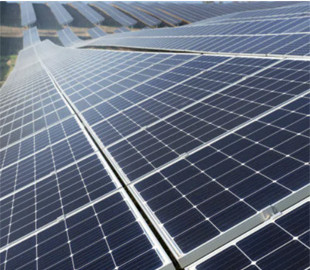
A photoelectric noise barrier can be installed along highways, as well as on building facades.
< p>A Belgian-Dutch research team has developed a photovoltaic noise barrier that provides good performance in terms of power generation and noise reduction. Its payback period is estimated from 6 to 10 years, writes pv-magazine.com.
Photoelectric noise barrier with a zigzag design is designed for use along highways and roadways, as well as for building facades.
In densely populated areas, space for solar power plants is limited. Moreover, it is uncomfortable to live near highways. For this reason, zigzag photovoltaic noise barriers are an excellent solution, scientists believe.
Because the new type of solar panel is oriented toward the sun, it can limit unwanted reflections of rays and traffic lights, contributing to the safety of drivers, the scientists explained, noting that the device also contains noise-absorbing materials to reduce traffic noise.
200% Deposit Bonus up to €3,000 180% First Deposit Bonus up to $20,000The research team built a 4 x 4 m demonstration specimen with a south-southwest orientation and two zigzag configurations. They used eight solar modules provided by Belgian manufacturer Soltech and Fiber Bragg Grating (FBG) sensors designed to measure the temperature of the system. The noise-absorbing material was provided by the German company Rockwool. The modules were deployed at an angle of 35 to 50 degrees.
Through a series of simulations and life cycle assessment (LCA), the scientists found that the proposed noise barrier for photovoltaic systems has a payback period of 6 to 10 years . LCA studies found low CO2 and a good payback-to-life ratio.
The analysis also showed that the optimal angle of inclination of the system should be between 20 and 40 degrees, which should provide the right balance between output and noise reduction. However, as far as energy output is concerned, no significant difference was noted when changing the angle of inclination from 20 to 80 degrees. An angle of 50 degrees tends to provide higher energy production in different seasons compared to an angle of 35 degrees, especially in the summer months. The reason for this is the reduced shading from the upper panels with a higher angle of inclination. The annual specific output of up to 941 kWh at an angle of inclination of 35 degrees and 1066 kWh at an angle of inclination of 50 degrees can be obtained by the demo version of the device.

